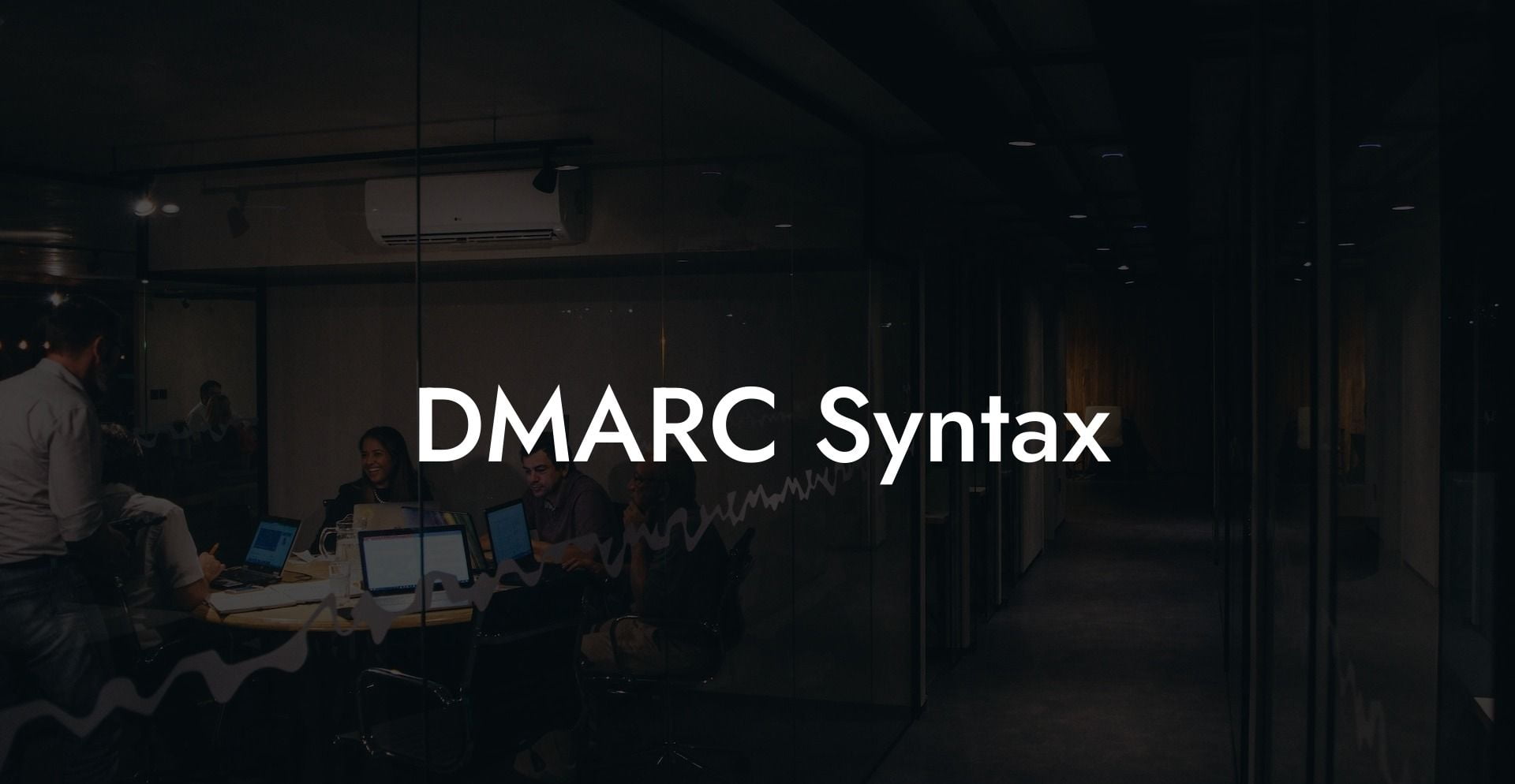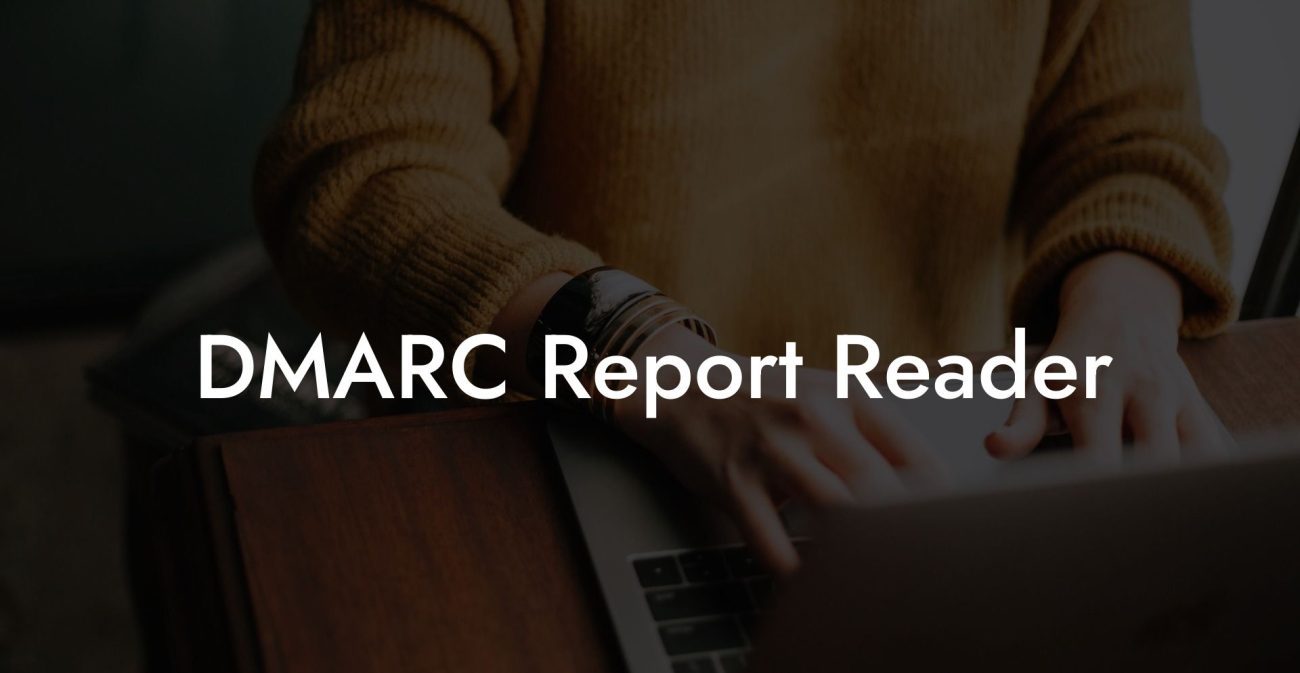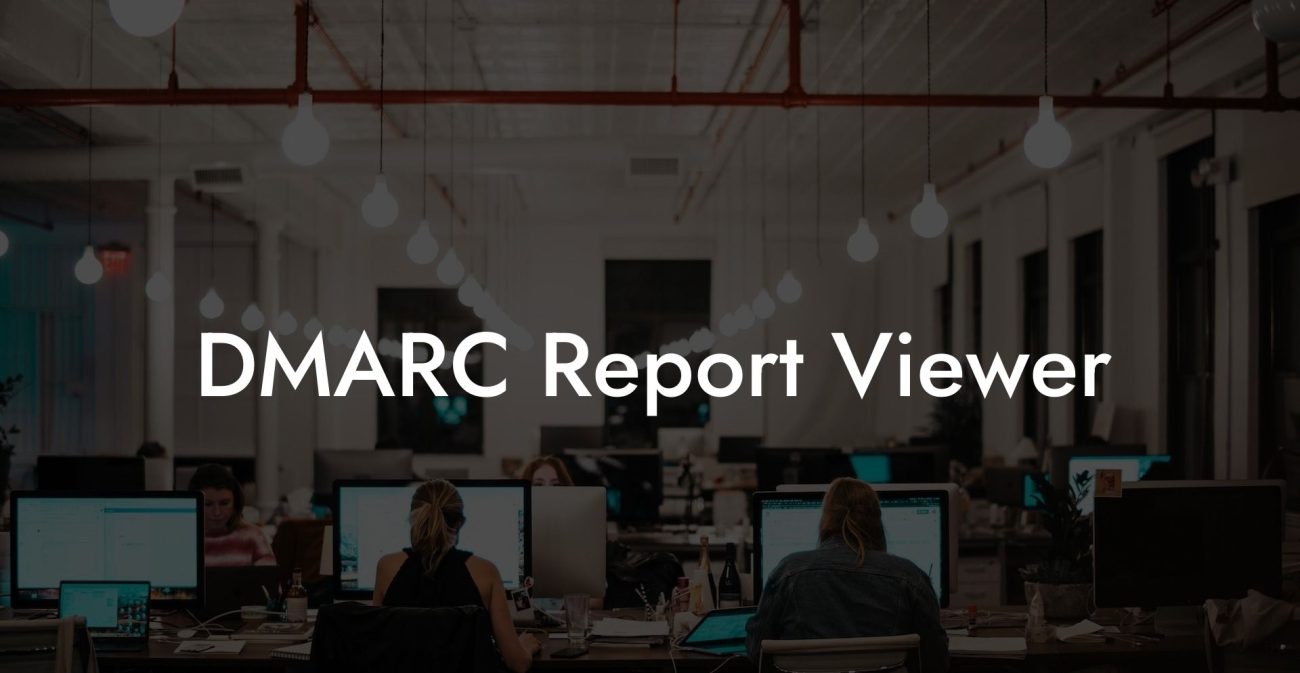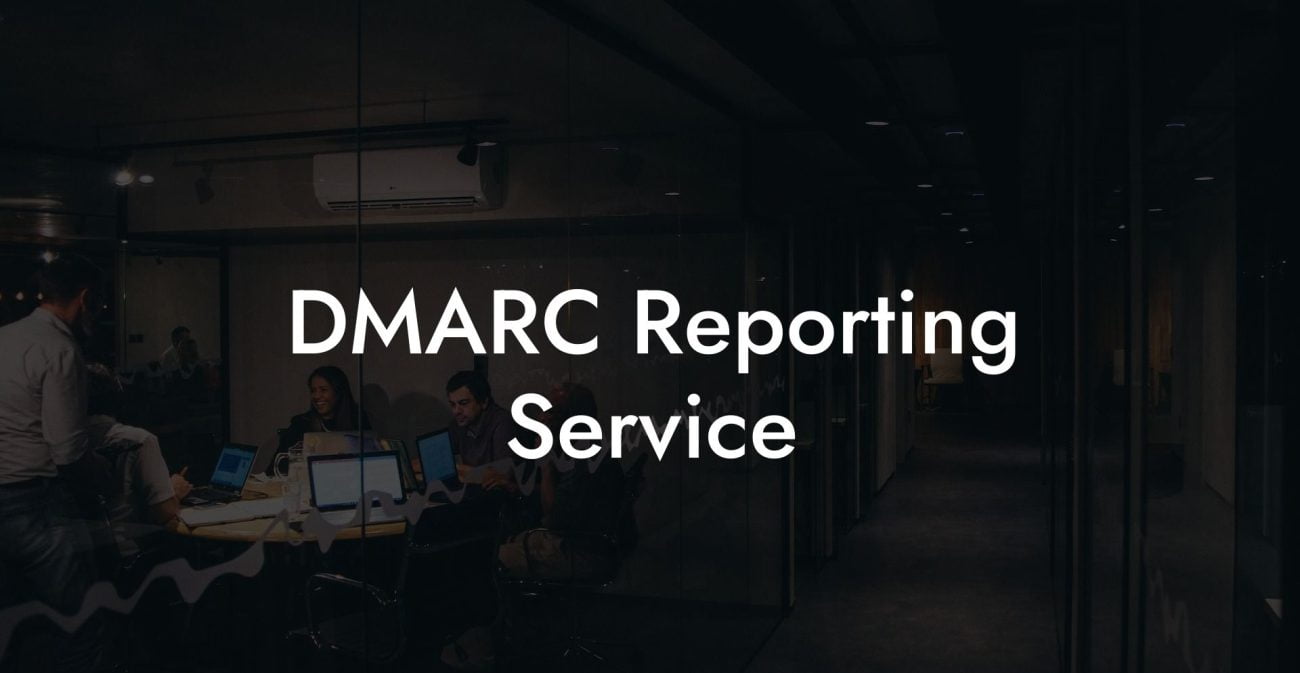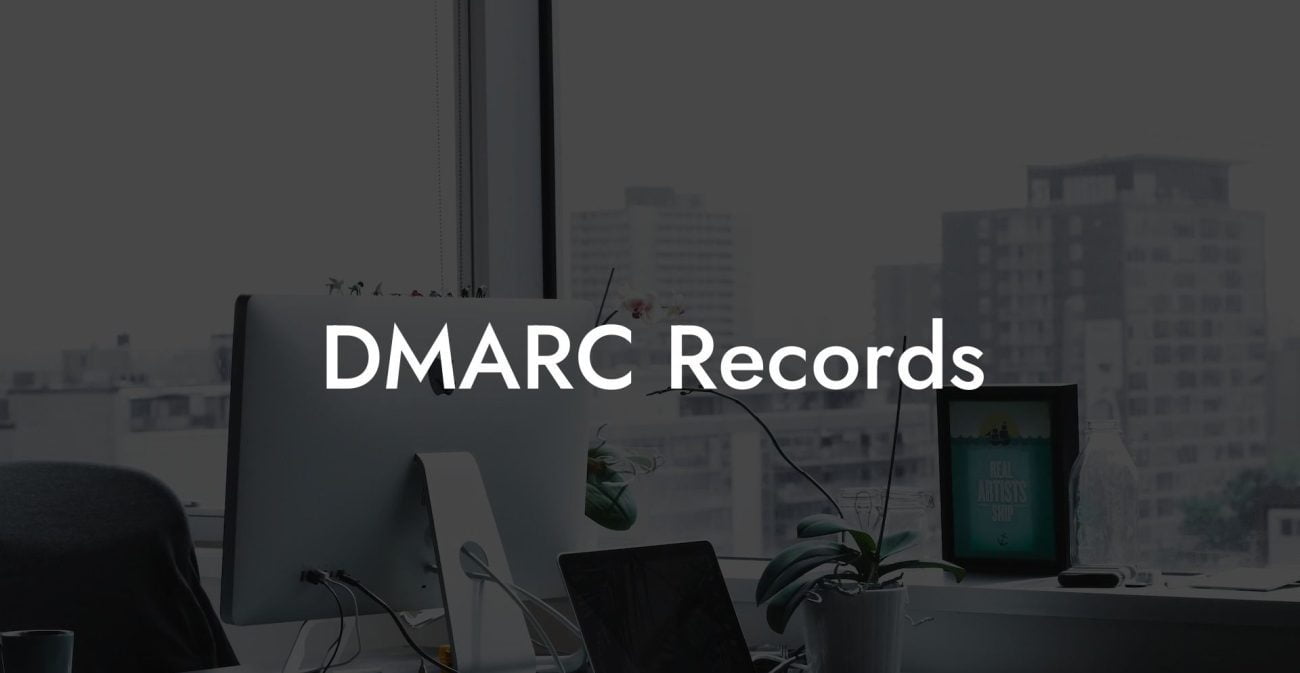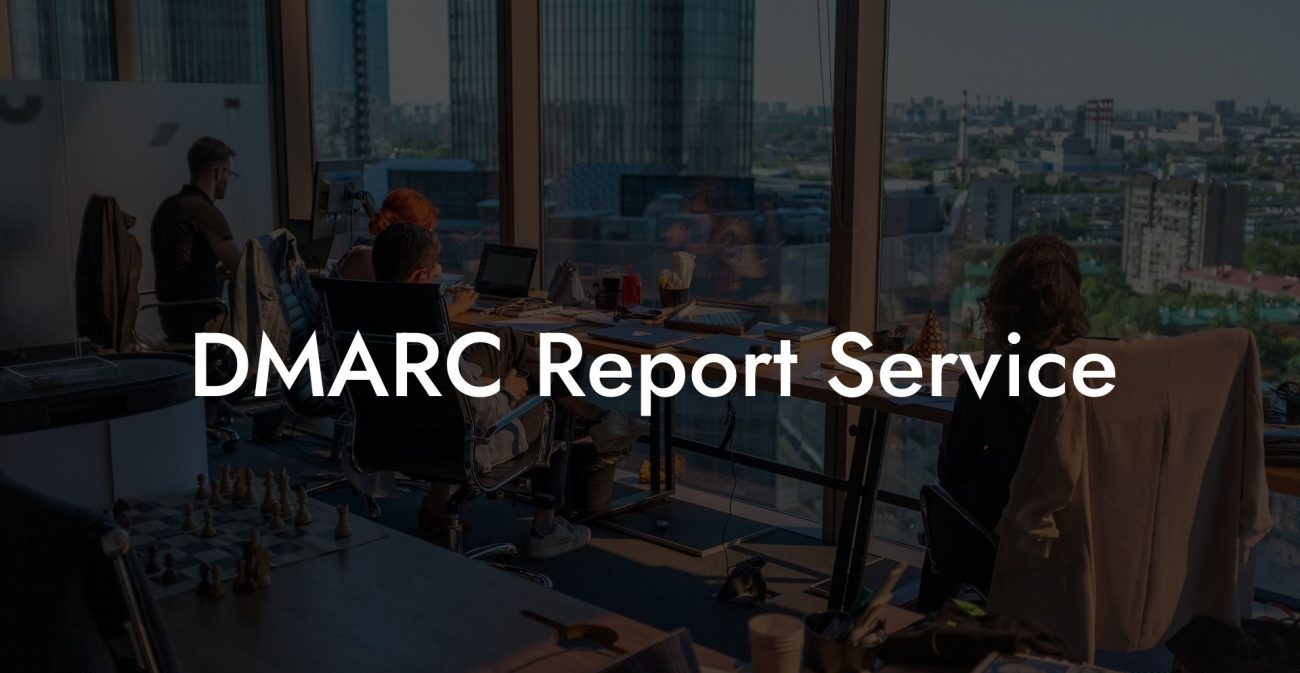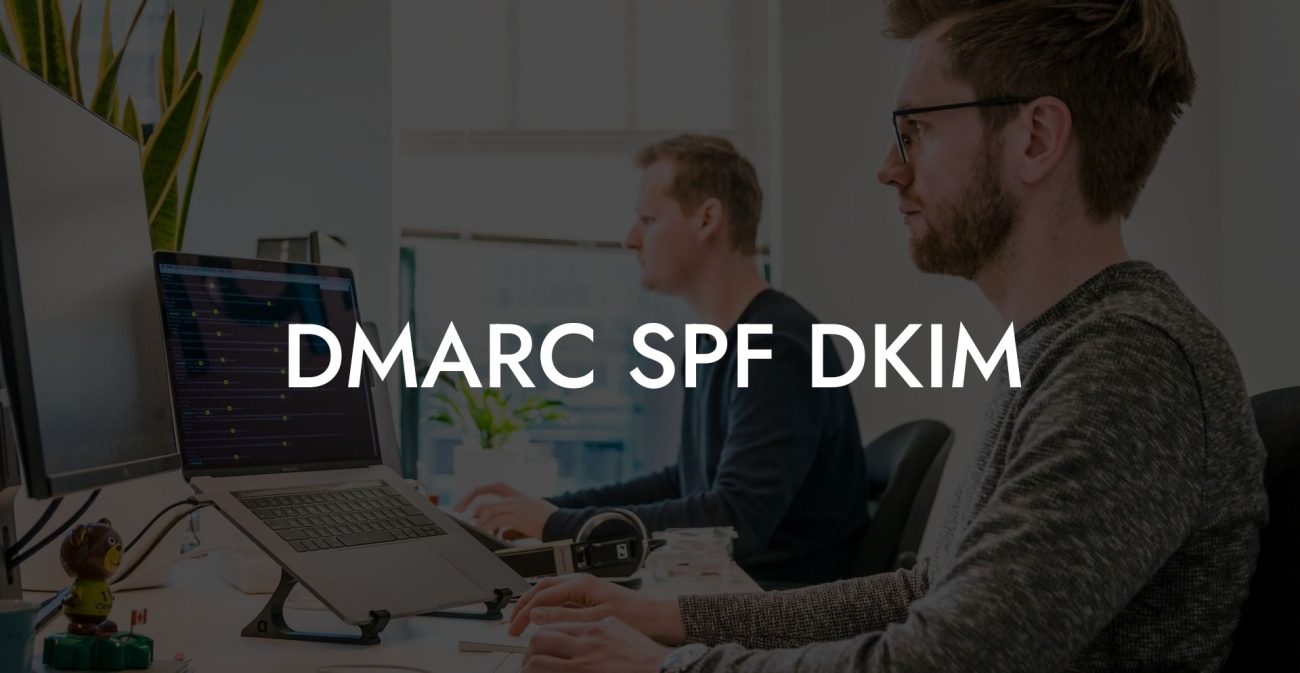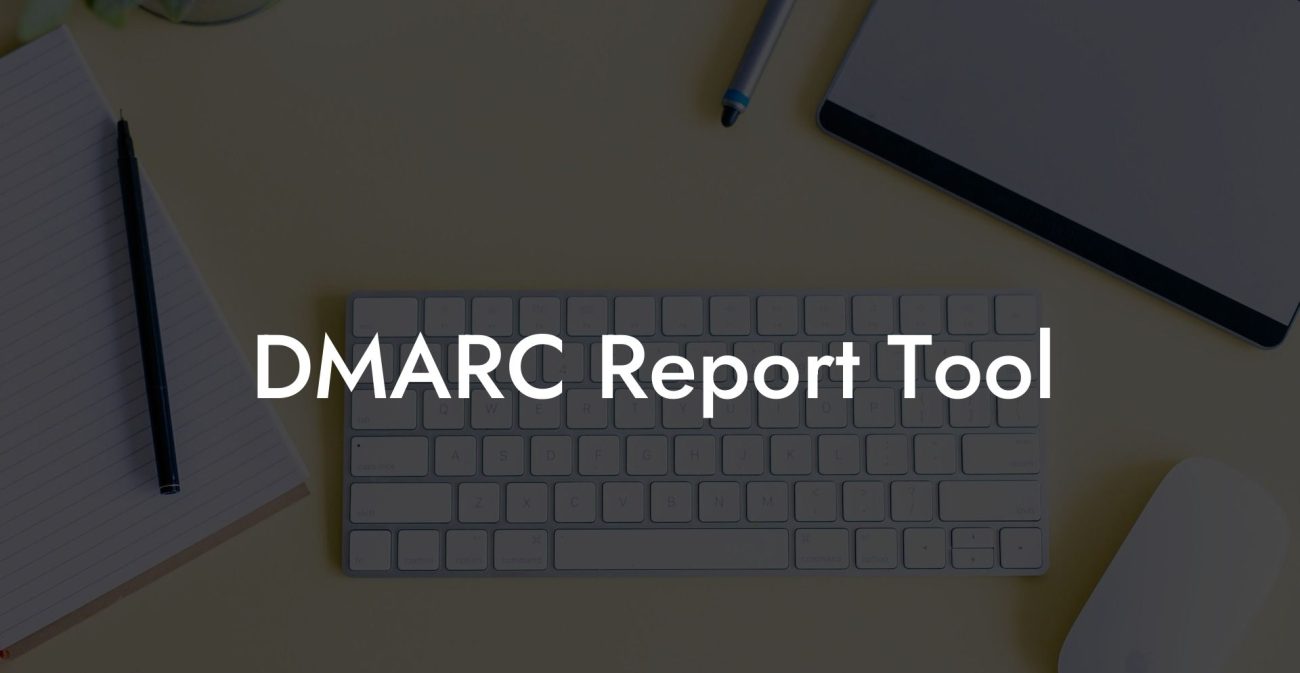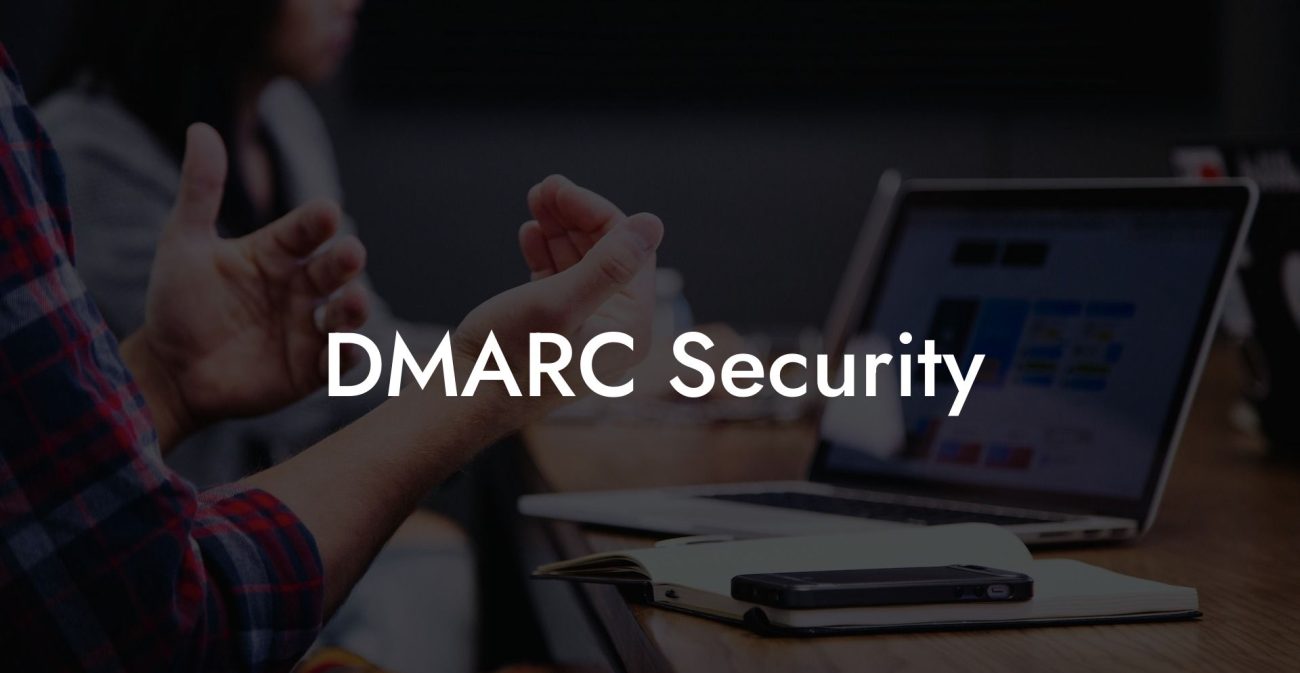Email security is a key concern for all organizations today, and one of the main tools that you need to understand is DMARC (Domain-based Message Authentication, Reporting and Conformance). This email authentication protocol is designed to help protect your domain from email spoofing and phishing attacks, ensuring that your recipients can identify emails from your legitimate sources. In this in-depth guide, we will explore everything you've ever wanted to know about DMARC, its syntax, and how to implement it for enhanced email security.
What is DMARC?
DMARC is an email authentication protocol that works with two other widely-deployed email authentication standards: Sender Policy Framework (SPF) and DomainKeys Identified Mail (DKIM). DMARC enables the sender to indicate that their email messages are protected by SPF and/or DKIM, and tells a receiving server how to handle messages that fail these authentication checks. By using DMARC, email senders and receivers can improve spam, spoofing, and phishing protection.
Breaking Down the DMARC Syntax
Protect Your Data Today With a Secure Password Manager. Our Top Password Managers:
DMARC records are published as TXT records in the Domain Name System (DNS). They contain the following tags:
v: DMARC Protocol Version
The first tag should always be the "v" tag, which defines the DMARC protocol version. For example, v=DMARC1.
p: Policy for Domain Owners
This tag specifies the policy to be applied if an email fails authentication checks (none, quarantine, or reject). For example, p=quarantine.
- none: No specific action will be taken. The domain owner will still receive reports for monitoring purposes.
- quarantine: The email could be treated as suspicious and potentially placed in a "junk" or "spam" folder.
- reject: The email will be completely rejected, not delivered to the recipient.
rua: Aggregate Report URIs
This tag provides a comma-separated list of URIs where aggregate feedback reports should be sent. For example, rua=mailto:report@example.com.
sp: Subdomain Policy
The sp tag defines the policy applied to any subdomains within the domain. Its values are similar to the p tag (none, quarantine, or reject). If this tag isn't present, the primary policy (from the p tag) will apply to subdomains. For example, sp=none.
adkim: DKIM Alignment Mode
This tag specifies whether strict or relaxed DKIM identifier alignment should be used. For example, adkim=r.
- strict: The DKIM domain identifiers must exactly match the domain.
- relaxed: The DKIM domain identifiers should match the domain, but a subdomain could also be considered a match.
aspf: SPF Alignment Mode
Similar to adkim, the aspf tag determines whether strict or relaxed SPF identifier alignment should be used. For example, aspf=r.
- strict: The SPF domain identifiers must exactly match the domain.
- relaxed: The SPF domain identifiers should match the domain, but a subdomain could also be considered a match.
Other Optional Tags
There are additional optional tags in a DMARC record, such as:
- fo: Forensic reporting options
- pct: Percentage of affected messages
- rf: Reporting format
- ri: Interval between aggregate reports
It's worth researching these if you want more customization, but the tags mentioned above will suffice in most cases.
DMARC Syntax Example:
Here's an example of a completed DMARC record:
v=DMARC1; p=quarantine; aspf=r; adkim=r; rua=mailto:report@example.com; sp=none
This DMARC record has the following setup:
- DMARC version 1
- Policy: quarantine (suspicious emails may be moved to junk or spam folders)
- Relaxed SPF and DKIM alignment modes
- Aggregate reports to be sent to report@example.com
- Subdomain policy: none (monitoring mode)
Now that you are equipped with the knowledge of DMARC syntax, it’s time for you to implement this email security measure and take a proactive step in protecting your domain from fraudulent emails, spams, and phishing attacks. Feel free to share this guide with colleagues and friends to help spread awareness on the importance of DMARC and maintaining a secure email environment. Make sure to explore other guides on Voice Phishing for further insights into email security and best practices.
Protect Your Data Today With a Secure Password Manager. Our Top Password Managers:

